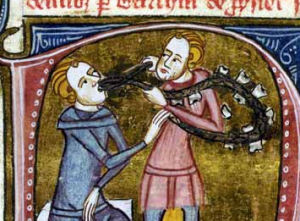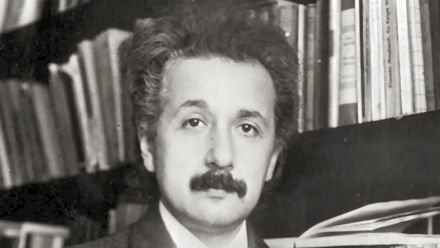
Researchers have discovered a “microbial Pompeii” preserved in the calculus (dental plaque) of 1,000 year old teeth. Intriguingly, the research team says that the ancient oral bacteria they discovered already contained the basic genetic machinery for antibiotic resistance more than eight centuries before the invention of the first therapeutic antibiotics.
Led by the University of Zurich, the University of Copenhagen, and the University of York, this pioneering analysis of ancient oral microbiome ecology and function involved the contributions of 32 scientists at twelve institutions in seven countries.
The research, published in Nature Genetics, reveals that unlike bone, which rapidly loses much of its molecular information when buried, calculus grows slowly in the mouth and enters the soil in a much more stable state helping it to preserve biomolecules. This enabled the researchers, led by Dr Christina Warinner (University of Zurich), to analyze ancient DNA that was not compromised by the burial environment.
Warinner and her colleagues applied shotgun DNA sequencing to reconstruct the complex biology of the ancient oral microbiome. “Dental calculus acts both as a long-term reservoir of the oral microbiome and as a trap for dietary and environmental debris,” she explained. “This allows us to investigate health and disease, as well as reconstruct aspects of an individual’s life history and activities. Never before have we been able to retrieve so much information from one small sample.”
The research has wide reaching implications for understanding the evolution of the human oral microbiome and the origins of periodontal disease. Periodontal disease causes distinctive proteomic changes in the dentition and is characterized by chronic inflammation resulting in tooth and bone loss.
Today, moderate to severe periodontal disease affects more than 10 percent of the world’s population and is linked to diverse systemic diseases, including cardiovascular disease, stroke, and pulmonary disease. Although common in humans, domestic pets, and zoo animals, periodontal disease does not typically develop in wild animals, leading to speculation that it is an oral microbiome disease resulting from modern human lifestyles.
“As we learn more about the evolution of this microbiome in response to migration and changes in diet, health and medicine, I can imagine a future in which most archaeologists regard calculus as more interesting than the teeth themselves,” said study co-author Matthew Collins, of the University of York.
Related:
Discuss this article in our forum
New procedure “rebuilds” teeth
Stillbirth linked directly to mother’s oral bacteria
Nil by mouth: oral ingestion blamed for rapid rise of antibiotic resistance








Comments are closed.